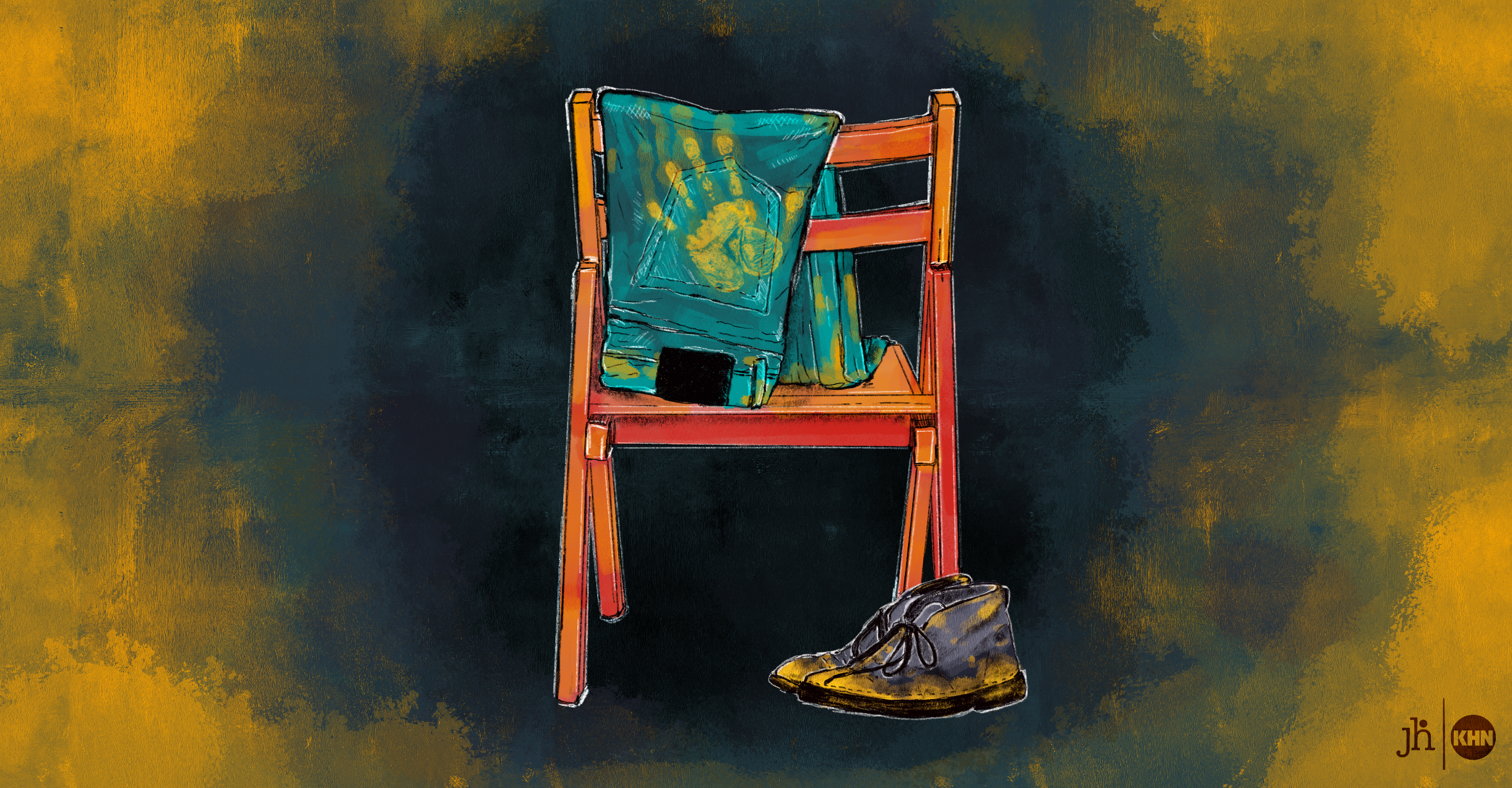Can’t see the audio player? Click here to listen.
Click here for a transcript of the episode.
Episode 3: Abandoned Mines, Abandoned Health – Part I
On the morning of July 16, 1979, a dam broke at a uranium mine near Church Rock, New Mexico, releasing 1,100 tons of radioactive waste and pouring 94 million gallons of contaminated water into the Rio Puerco. Toxic substances flowed downstream for nearly 100 miles, according to a report to a congressional committee that year.
In the 1970s, uranium mining was a good source of income, leading many Indigenous people and other locals to seek out jobs in the mines and the mills where uranium ore was processed in preparation for making fuel. The work was often grueling, but many young people didn’t have other options to support their families.
Episode 3 is an exploration of the forces that brought uranium mining to the Navajo Nation, the harmful consequences, and the fight for compensation that continues today. It is the first in a two-episode arc of reporting about uranium mining.

Judy Pasternak, a journalist formerly with the Los Angeles Times, covered the issue in her book, “Yellow Dirt,” in which she reported on the conditions in the mills, including the exposure of workers to “yellowcake,” a powdery radioactive substance that is produced as part of the uranium milling process.
Larry King, who is Diné and a former uranium worker, said he worked in his street clothes.
“So it was just usually one of my old shirts, my pants. No gloves. No respirator. Nothing. So everybody’s breathing all that dust.”
Another former uranium worker, Linda Evers, said she wasn’t told about the dangers associated with uranium exposure.
“When we had safety meetings, it was about regular first aid,” she said. “There was no mention of radiation — or any of the side effects from it.”
The consequences of radiation exposure can build quietly in the body, over decades and generations. It can cause multiple types of cancer, birth defects, and other ailments.
Voices from the episode:
- Amber Crotty, Navajo Nation Council delegate, Window Rock, Arizona — @Kanazbah
- Linda Evers, president of Post 71 Uranium Workers Committee and former uranium mine worker
- Phil Harrison, president of the Navajo Uranium Radiation Victims Committee and former uranium mine worker
- Larry King, activist and former uranium mine worker
- Judy Pasternak, journalist and author of “Yellow Dirt: An American Story of a Poisoned Land and a People Betrayed”
- Edith Hood, activist, former probe technician for Kerr-McGee Corp.
- Cipriano Lucero, former uranium mine worker
Season 4 of “American Diagnosis” is a co-production of KHN and Just Human Productions.
Our Editorial Advisory Board includes Jourdan Bennett-Begaye, Alastair Bitsóí, and Bryan Pollard.
To hear all KHN podcasts, click here.
Listen and follow “American Diagnosis” on Apple Podcasts, Spotify, Google, or Stitcher.






